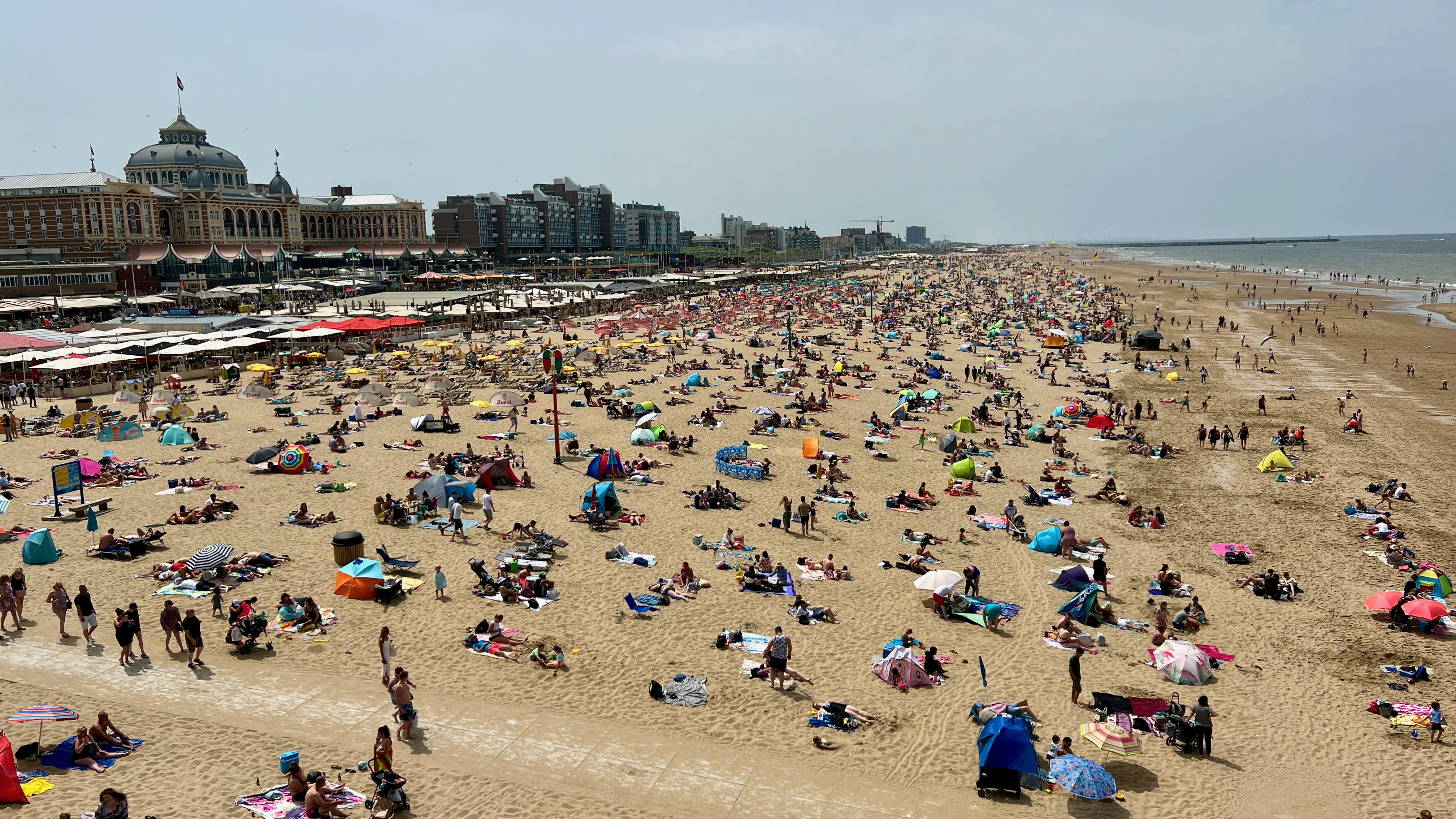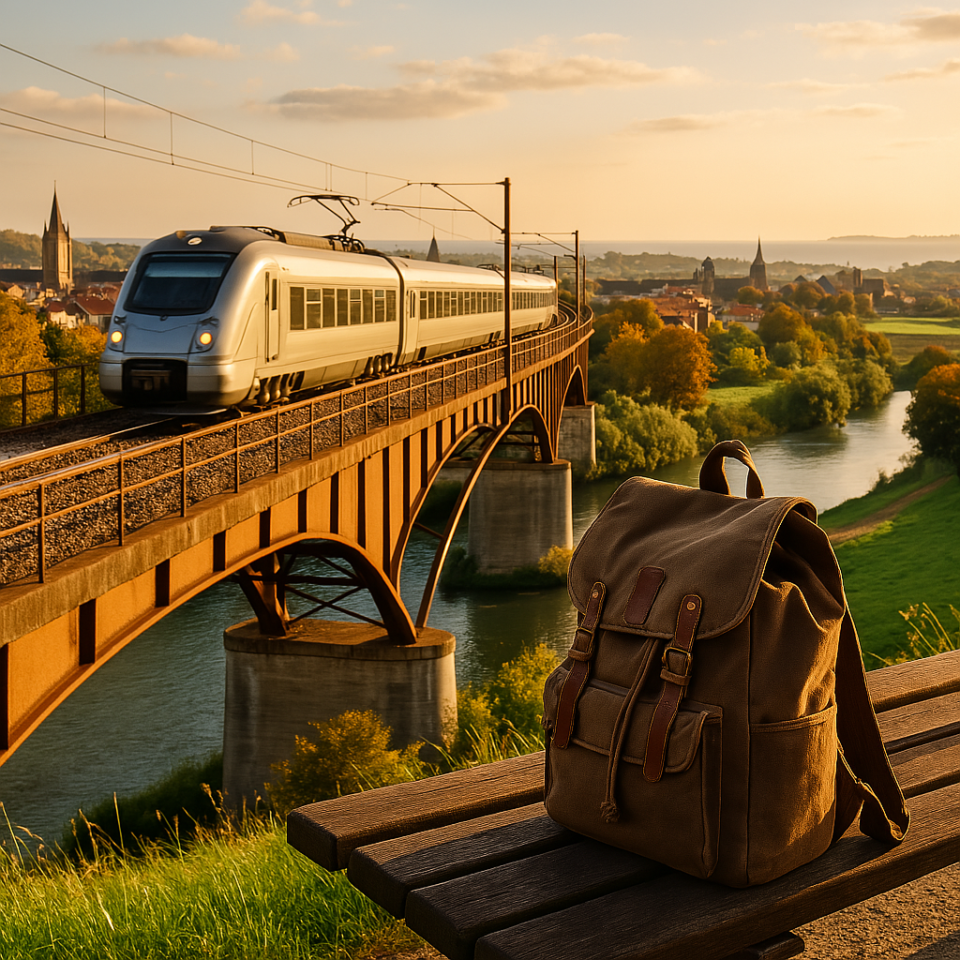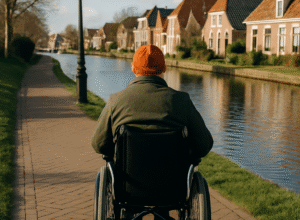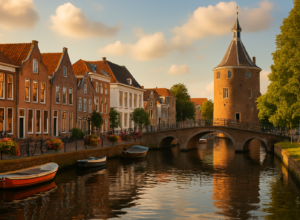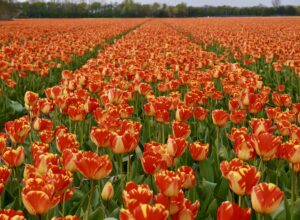Scheveningen isn’t just The Hague’s beach—it’s where centuries of Dutch coastal life unfold in real time. Here, fishing boats still bring in the morning’s catch as surfers catch waves nearby, and historic alleyways wind their way toward modern boardwalks. Each district tells a different piece of the story, creating a narrative that runs deeper than summer postcards suggest.
The Pier and the Boulevard
This is the Scheveningen most visitors see first. The wide, curving boulevard runs parallel to the sea, busy with cyclists, tourists, and locals out for their daily walk. It’s anchored by De Pier, a once-abandoned concrete skeleton now revived as a hip hangout with food stalls, a zipline, and a giant Ferris wheel spinning slowly over the surf.
In summer, this area hums with energy: music festivals, beach volleyball tournaments, and the scent of grilled food mixing with salt air. International DJs spin at sleek beach clubs while traditional stroopwafel vendors create their own symphony of sweet smells. In winter, it feels more introspective, the carnival lights blinking against a dark North Sea sky, and dedicated surfers in thick wetsuits dot the grey waves. Either way, it’s a place of spectacle, and the spirit here is unmistakably bold.
The Kurhaus: Grandeur with Weathered Edges
While the boulevard captures Scheveningen’s playful present, another landmark speaks to its ambitious past. Presiding over the scene is the Kurhaus—a lavish 19th-century hotel and concert hall with a domed roof and ornate façade. Once a magnet for aristocrats and artists, the Kurhaus hosted everyone from royal guests to the Rolling Stones. Today, it’s a functioning hotel with a touch of faded glamour, but still one of the most recognizable buildings in the country.
The Kurhaus reminds you that Scheveningen has long had ambitions. It wasn’t just a fishing village—it was a destination, with saltwater cures, classical concerts, and an aura of sophistication that still lingers, even if a bit softened by time. Now it stands as a bridge between eras, its grand ballrooms hosting both traditional ceremonies and modern corporate events.
Keizerstraat: The Village Core
Step back from the beach, and the soundtrack changes. The thrum of dance music fades, replaced by the calls of street vendors and the distinct sound of Scheveningen dialect—a unique local language that survived centuries of standardized Dutch. This is Keizerstraat, the oldest shopping street in The Hague and the former heart of the fishing village. Narrow, walkable, and lined with a mix of small shops and local eateries, it’s where Scheveningen still feels like a village.
There are centuries-old churches, traditional bakeries, and the occasional nod to the past in murals or signage. It’s not flashy, but that’s the point. This is where people live, run errands, bump into neighbors. For locals, Keizerstraat isn’t a photo op—it’s a rhythm of daily life, punctuated by the church bells that have marked time here for generations.
De Haven: Working Roots and Waterfront Dining
Scheveningen’s harbor sits slightly out of view from the boulevard, and that distance keeps it grounded. Here, fishing boats still dock and unload their catch, their weathered hulls contrasting with the gleaming yachts in the marina. You can smell the diesel and salt air, hear the gulls, and watch crates of fresh fish being hauled off trawlers, much as they have been for centuries.
But the harbor has also evolved. Trendy seafood restaurants, art studios, and surf shops now coexist with the industry. Modern environmental initiatives share space with traditional fishing practices. It’s one of the best places in Scheveningen to eat well and watch the world go by—ideally with a plate of kibbeling or fresh oysters, depending on your mood.
Every spring, this area comes alive during Vlaggetjesdag (Flag Day), when the season’s first herring catch is celebrated with traditional costumes, music, and ceremony. It’s a reminder that despite all the modern additions, Scheveningen’s heart still beats to an ancient rhythm.
Duindorp and the Dunes
To the south of the harbor lies Duindorp, a historically working-class neighborhood that retains a distinct identity. Its brick houses and narrow streets feel a world apart from the polished seaside developments nearby. It’s also the starting point for long walks or bike rides into the dunes, where modern coastal protection projects work invisibly to keep the sea at bay.
The dunes themselves are a different kind of landscape—wild, windblown, and quiet. They offer a reminder that nature still has a foothold here. Rabbits dart through the grass, and seabirds wheel overhead. Protected bike paths wind through the landscape, connecting Scheveningen to other coastal towns while preserving the fragile ecosystem.
Where Past Meets Future
Scheveningen isn’t just a beach day. It’s a place where old and new rub shoulders: where herring boats pass luxury yachts, where skaters weave past sunbathers, and where history is never more than a few steps away. It’s easy to overlook the layers when the sun is shining and the music’s playing—but take a moment to explore deeper, and you’ll find a place that’s as complex as it is beautiful.
In many ways, Scheveningen embodies the Dutch talent for balance: between preservation and progress, between commerce and community, between the demands of tourism and the authenticity of local life. Here at the edge of the continent, it feels less like a border and more like a gathering place—where tradition doesn’t just survive but evolves, where the past isn’t just remembered but lived, and where each tide brings something new while carrying echoes of everything that came before.
